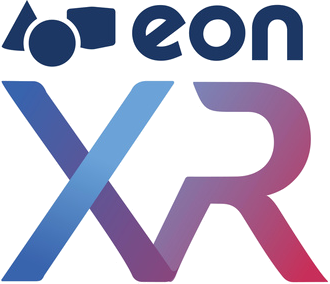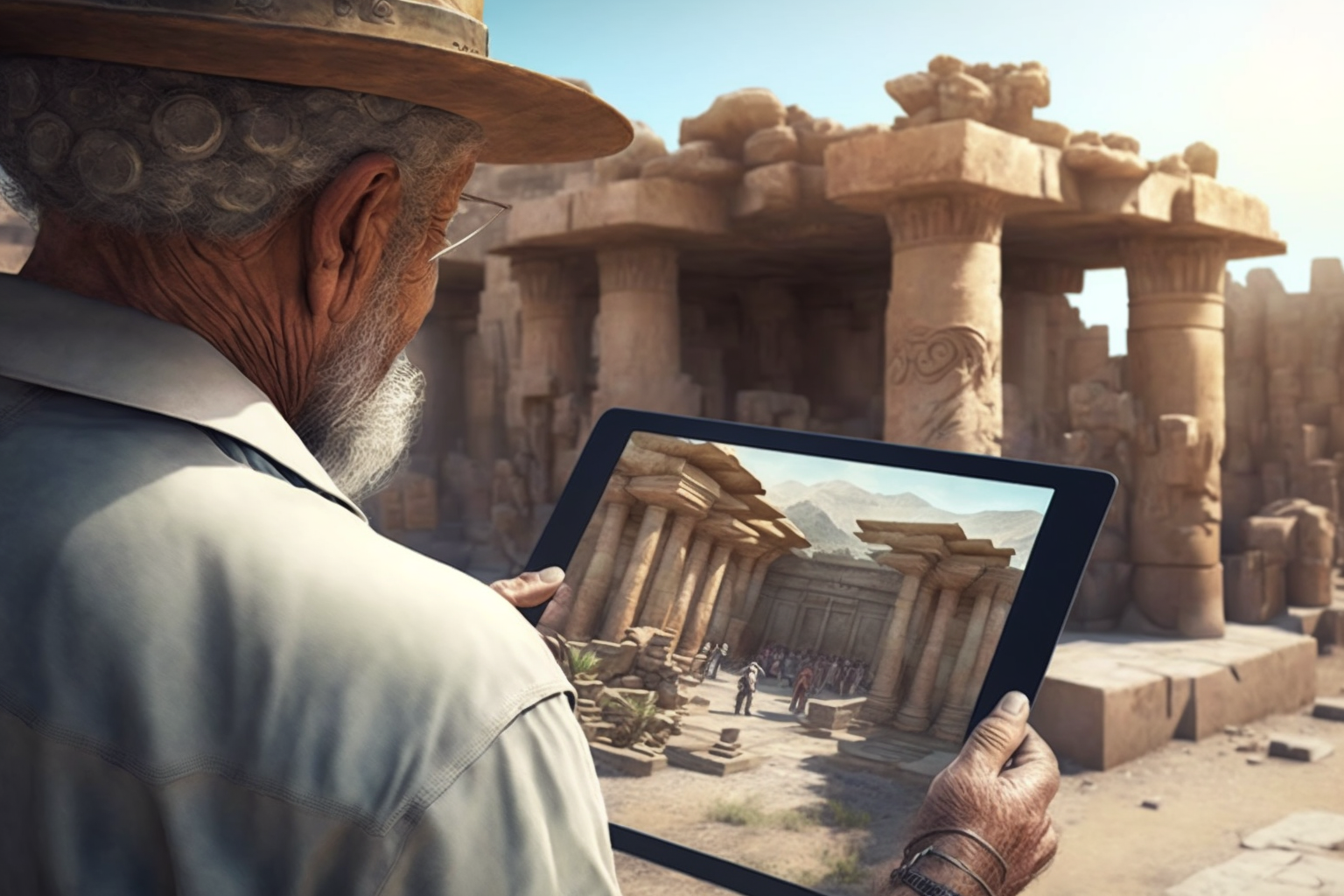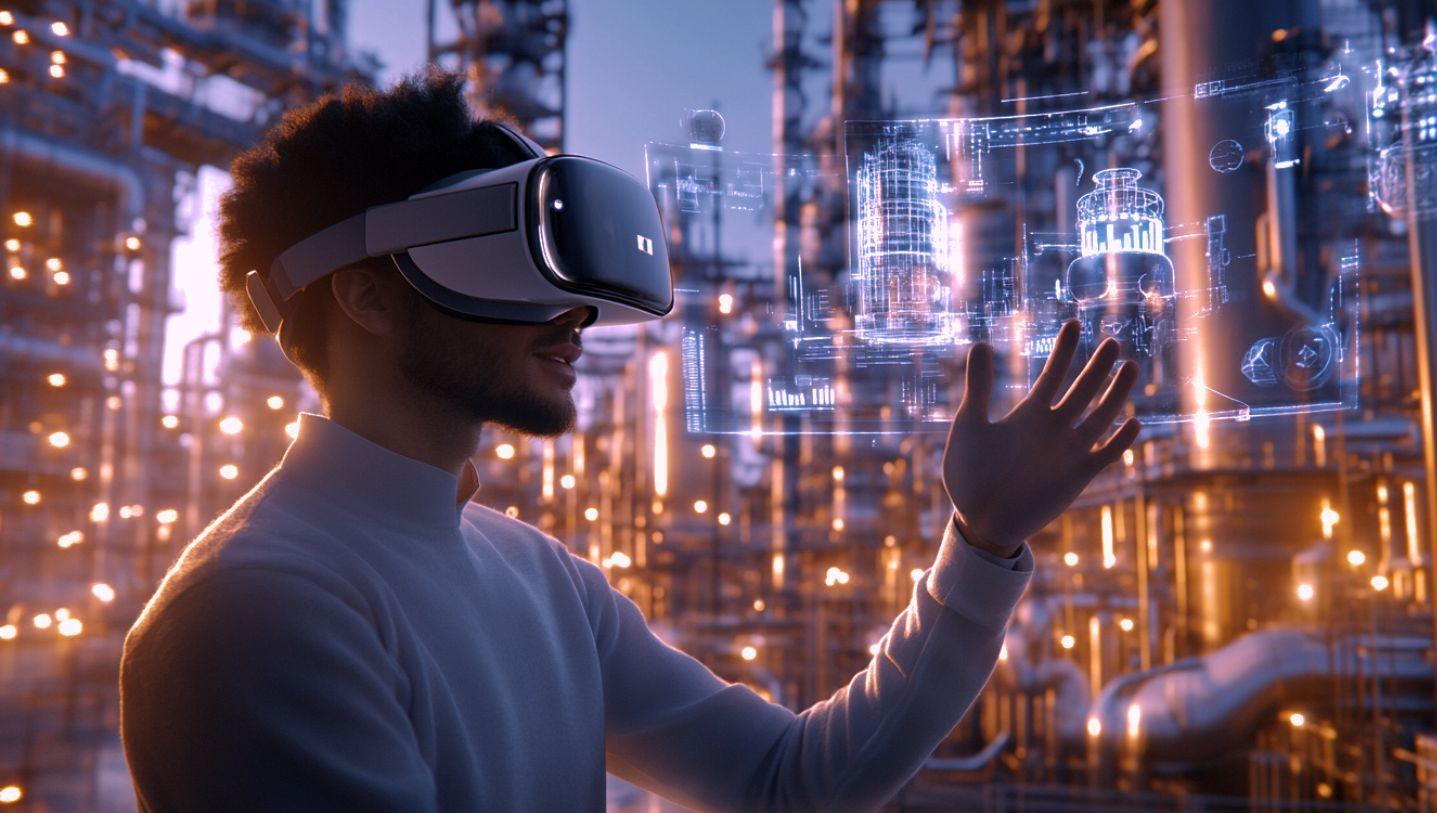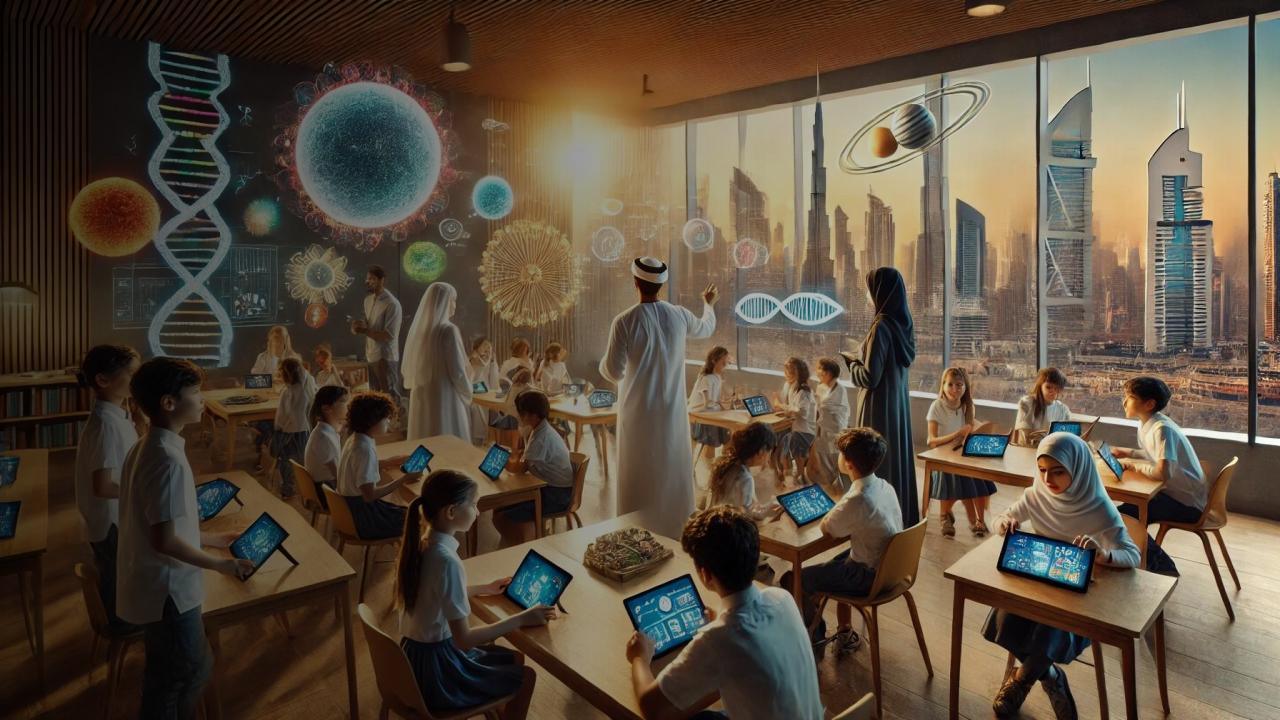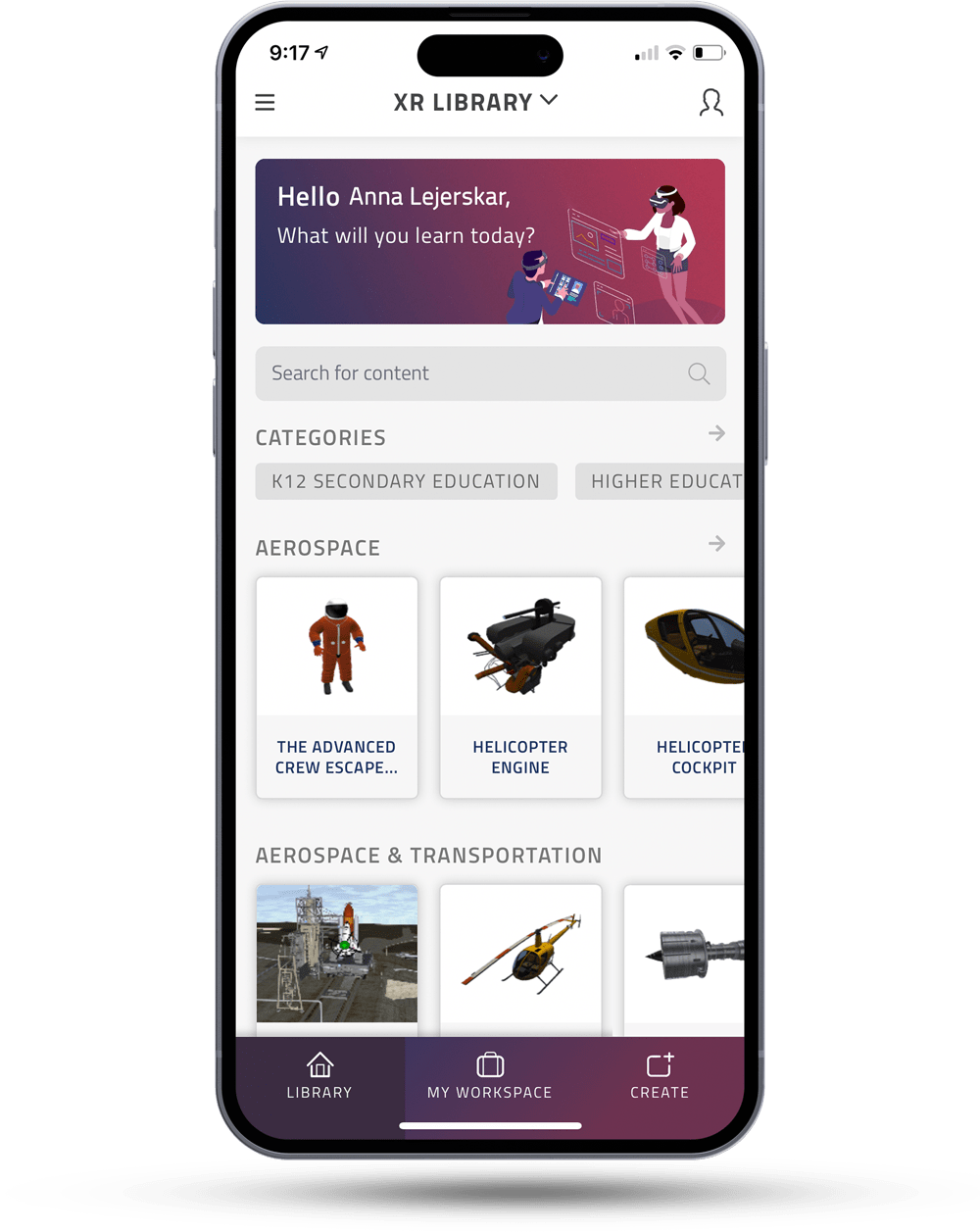The Advantages of VR in Education
VR is transforming the digital world day by day, significantly impacting various industries, especially education. The benefits of VR in education are extensive and groundbreaking. These technologies create more accessible and powerful learning methods for students of all ages. By immersing students in interactive and engaging environments, VR enhances concentration, boosts motivation, and improves learning outcomes. VR’s ability to simulate real-world scenarios enhances understanding and retention, making it an invaluable tool in modern educational practices. In this blog, we’re going to explore this technology and the key advantages that VR in education provides.
First of all, what is virtual reality technology? Virtual Reality (VR) technology immerses users in a computer-generated environment that can simulate real or imagined worlds. By wearing a VR headset, users are visually and sometimes physically transported into a 3D space where they can interact with virtual objects and surroundings in a lifelike manner. This technology utilizes motion tracking and high-definition visuals to create a sense of presence and immersion. VR is not just limited to gaming; it is being increasingly adopted across various fields such as medicine, engineering, and education, offering innovative ways to engage and train users in a controlled yet realistic setting.
Why is VR technology being implemented in education? VR technology is being implemented in education because it revolutionizes the learning experience by making it more interactive and engaging. Traditional teaching methods can sometimes struggle to capture students’ attention or convey complex concepts effectively. VR addresses these challenges by immersing students in a dynamic learning environment where they can explore and interact with content firsthand. This hands-on approach enhances comprehension and retention of information, caters to various learning styles, and fosters a deeper understanding of subjects.
Advantages of VR in education
- Immersive learning: One of the key advantages of VR in education is its ability to provide an immersive and realistic learning experience. By placing students in a virtual environment, VR allows them to interact with digital objects and scenarios as if they were real. This immersive experience engages multiple senses, making learning more engaging and memorable. For instance, students can explore historical sites, conduct virtual science experiments, or practice language skills in simulated real-world settings. This level of interaction fosters deeper understanding and retention of information, making learning more effective and enjoyable.
- Improved Retention and Recall: One significant advantage of VR in education is its ability to improve retention and recall of information. Traditional learning methods often rely on passive activities like reading or listening to lectures, which can lead to lower engagement and retention rates. VR, however, immerses students in interactive and memorable experiences, making learning more engaging. Studies have shown that VR, AR, and MR can lead to improved knowledge retention compared to traditional learning methods by up to 40% (Clark, 1983; Mayer, 2014). When students actively participate in a VR environment, they are more likely to understand and remember the material. By experiencing concepts in a realistic and interactive setting, students can form stronger mental connections, leading to better long-term retention of knowledge.
- Safe Training Environment: Another notable advantage of VR in education is its capability to provide a safe training environment for students. In fields such as medicine, engineering, and hazardous occupations, practical training can be expensive, risky, or even impossible in traditional settings. VR simulations allow students to practice complex procedures or scenarios in a controlled, risk-free environment. For example, medical students can perform virtual surgeries without the need for cadavers or live patients, while engineering students can troubleshoot equipment malfunctions without real-world consequences. This not only enhances learning efficiency but also boosts confidence and competence before students engage in real-world applications. By offering a safe space to learn and make mistakes, VR fosters hands-on experience without compromising safety.
In conclusion, Virtual Reality (VR) technology represents a groundbreaking advancement in education, offering immersive and interactive learning experiences that enhance engagement and understanding. The advantages of VR in education are manifold, from providing realistic simulations for practical training to improving retention through immersive experiences. By integrating VR into classrooms, educators can cater to diverse learning styles and bridge gaps in traditional teaching methods. As VR continues to evolve, its potential to revolutionize education by creating dynamic, safe, and effective learning environments becomes increasingly clear. Embracing the advantages of VR in education not only prepares students for the future but also enriches their educational journey with innovative and transformative experiences.



